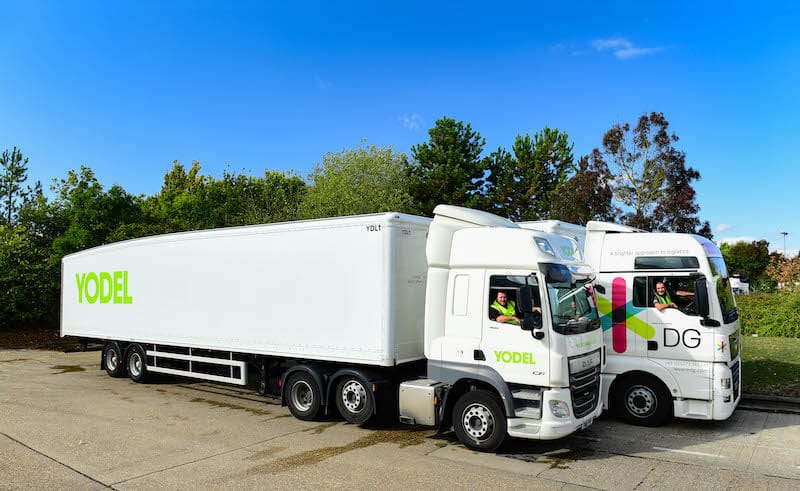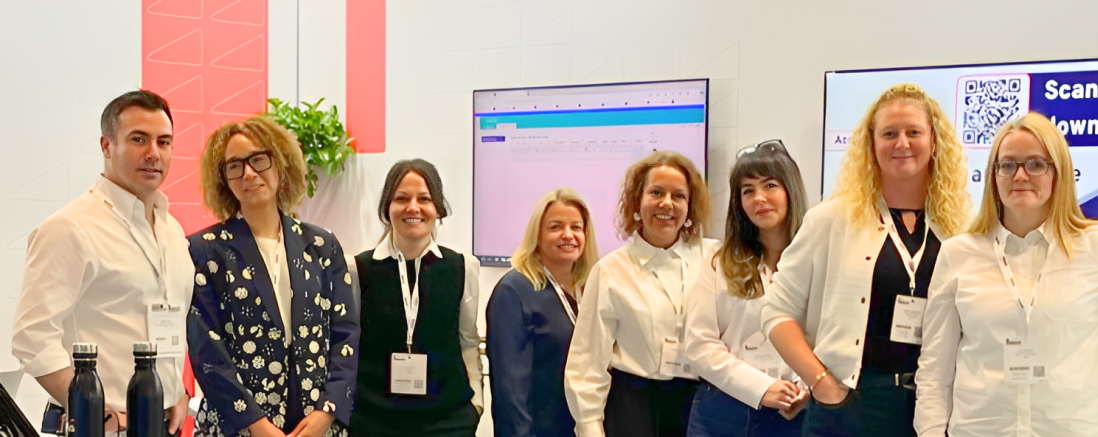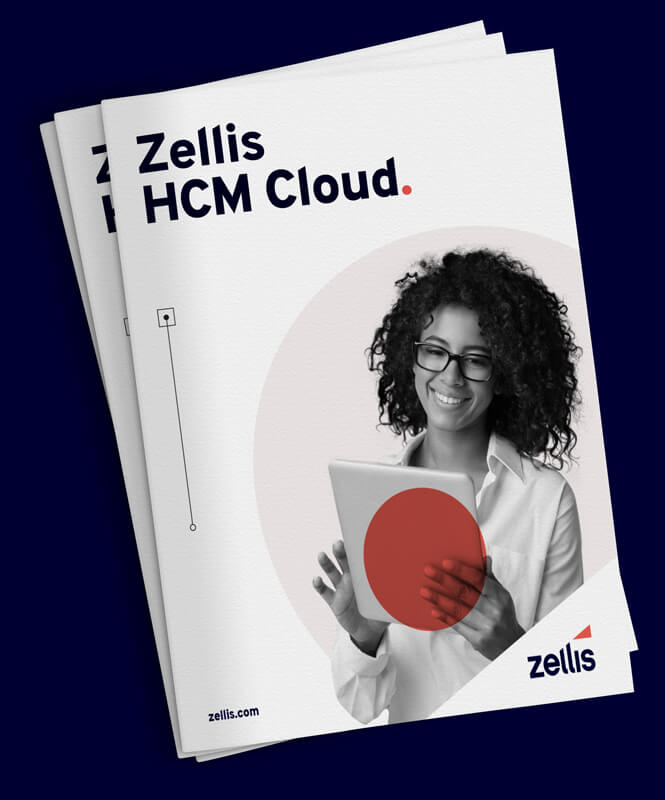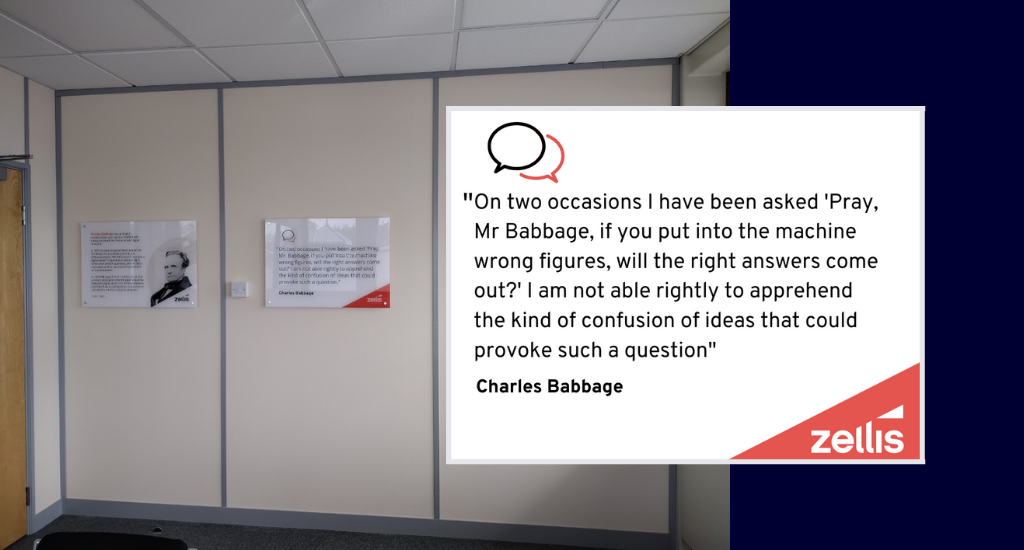
I like this quote.
It sits on the wall of one of our meeting rooms in Zellis’ Peterborough office.
It shows that conversations about the importance of the ‘right’ data to get the right result have been going on for as long as we’ve had computers (maybe even a little before!)
Stats and data have become a much larger part of everyone’s lives these past few years – not least over the course of those pandemic government briefings.
You may remember everyone talking about, and trying to explain, infection rates. One thing I noticed was how hard it was to distinguish between the infection rate for that week, that month, or over a wider period of time. It also wasn’t always clear whether the discussion referred to local rates, regional rates or national rates.
The problem that was so well illustrated was that no one was given insight into the parameters used to define the data, which meant that everyone understood the information differently.
The same thing, unfortunately, happens all the time in a workplace context. As Babbage said – if you don’t put the right data in, you’re not going to get the results you want. That’s why it’s absolutely vital to be 100% clear about what you mean and what you’re after before you even start to interrogate your data.

The power of accurate data definitions
What does this mean for the world of HR in particular? Well, to take one example, say you want to report on absence levels. What are you actually interested in? Is it whether an absence occurred or how many days it lasted?
If you’re interested in working out how many full-time equivalent employees you have, what do you actually mean by that term? Is it someone who works full-time or the number of contractual hours recorded on their timesheet? Or is it what you get when you add together two people who are working part-time?
All of this may seem rather dry or even slightly nit-picking, but you may be surprised at just what a difference getting your data definitions clear makes, both for yourself and for your colleagues across the wider business. Comparing like with like means that everyone understands what the data is telling them and can draw the same, accurate, conclusions from it at all times – whether they are looking at company dashboards or reading a payroll report.
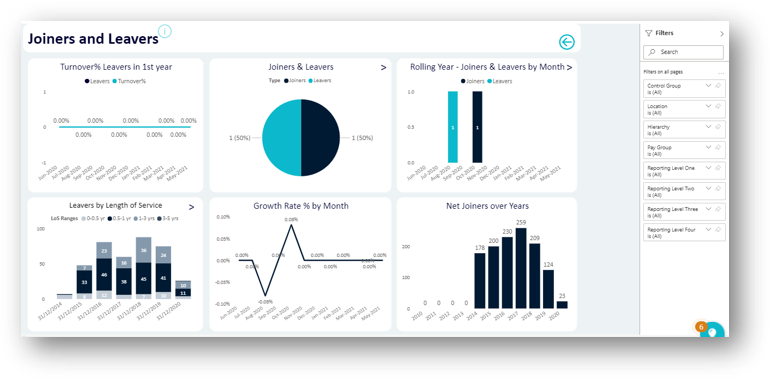
So what we do at Zellis, before we implement or configure any new system, is take the time to clarify the data definitions and hierarchies that will then act as a strong foundation for all of your analytics activities. It’s about taking baby steps – so learn to crawl before you can walk and very soon you’ll be running. If you miss out on any of these steps though, you’re more than likely to fall over and hurt yourself.
Accuracy – the secret to success
In other words, the secret to success is ensuring data governance is front and centre when undertaking any kind of analytics work. It really matters, and we really want to help you get it right so you can make appropriate decisions and deliver the insights from your data that will truly make a positive difference to the business.
Interested in finding out how data definitions can help you? Get in touch.
About the Author

Steve is the Director of HR Analytics – Consulting for Zellis. A recognised and trusted advisor, leader and educator for all aspects of HR transformation, Steve’s expertise lies in helping clients realise tangible value from digital HR technologies, particularly using data and automation, and bringing innovative digital solutions to blue chip clients. In his extensive management consulting career, he has driven HR transformations across a wide range of organisations, from FTSE 100s to politically-sensitive projects, working alongside senior stakeholders to shape and deliver transformation.



